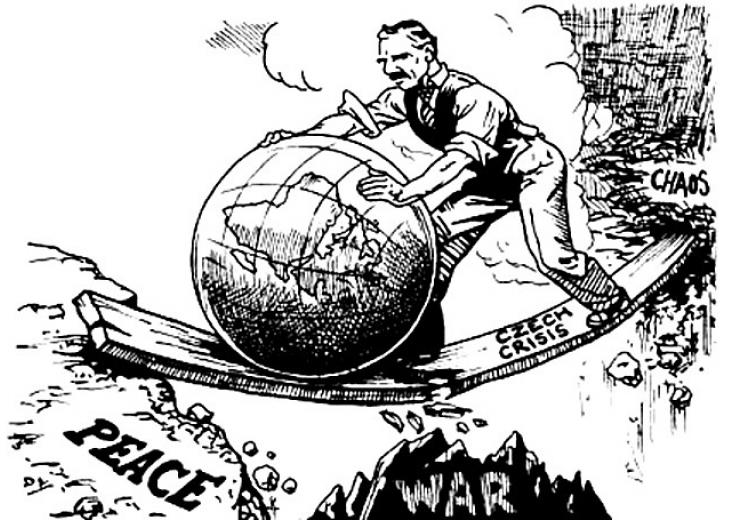
Introduction
In the tumultuous 1930s, the United States found itself at a crossroads, grappling with the haunting memories of World War I and the looming specter of another global conflict. During this pivotal period, the U.S. Congress crafted a series of Neutrality Acts, reflecting a staunch policy of isolationism, aimed at sidestepping entanglement in international disputes. These legislative measures were driven by a fervent desire to shield the nation from the horrors of war and significantly defined American foreign policy during this era. This article delves into the Neutrality Acts and the broader strategy of isolationism that marked the United States' approach to global affairs in the 1930s.
I. Historical Context
To comprehend the significance of the Neutrality Acts and isolationism in the 1930s, it is imperative to contextualize these developments. The scars left by World War I ran deep, both economically and emotionally, across America. A prevailing sentiment emerged, one rooted in the belief that the United States had been drawn into the war for reasons that had little bearing on its national interests. Consequently, a fervent desire arose to evade alliances and overseas conflicts that could potentially ensnare the nation.
II. The Neutrality Acts
A. The Neutrality Act of 1935
The inaugural Neutrality Act of 1935 prohibited the sale of arms and munitions to warring nations while establishing a mandatory arms embargo on these belligerent states. The primary aim was to prevent inadvertent American involvement in another global conflagration by cutting off the flow of military resources.
B. The Neutrality Act of 1936
The subsequent Neutrality Act of 1936 extended the arms embargo to include civil wars, going a step further in preventing American intervention. Additionally, it mandated that belligerent nations pay for non-military goods with cash instead of credit, thwarting the accrual of debt.
C. The Neutrality Act of 1937
In 1937, the Neutrality Act expanded the scope slightly, permitting the sale of non-military goods to belligerent nations while insisting they use their own vessels for transportation, thereby safeguarding American ships and personnel from danger.
III. The Impact of Isolationism and the Neutrality Acts
A. Shunning International Commitments
Isolationism and the Neutrality Acts embodied America's resolve to evade international commitments that could potentially lead to military entanglement. These policies reflected a deep-seated desire to prioritize domestic issues while averting the economic and human toll of another global war.
B. Controversy and Criticism
However, these policies were not without their detractors. Critics contended that the stringent embargo provisions hindered democratic nations, such as Britain and France, in resisting the expansionist ambitions of totalitarian regimes like Nazi Germany. There were also concerns that these restrictions might inadvertently assist aggressors by limiting the ability of their targets to defend themselves.
C. The Road to Repeal
As global tensions escalated, and it became evident that the Neutrality Acts might be hampering efforts to contain aggressors, there was a growing consensus for their revision. In 1939, Congress passed the Neutrality Act of 1939, featuring a "cash and carry" provision permitting the sale of military goods to belligerent nations, provided they paid in cash and handled transportation themselves. This marked a pivotal departure from strict neutrality.
Conclusion
The Neutrality Acts and the broader policy of isolationism in the 1930s emerged from a sincere desire to evade the errors of World War I and to maintain a stance of non-intervention in global conflicts. While these policies were driven by noble intentions, they faced criticism for potentially aiding aggressor nations. Ultimately, the escalating global scenario prompted a reevaluation of these policies, nudging the United States away from strict neutrality in the lead-up to its eventual entry into World War II. This intricate period in American history serves as a poignant reminder of the intricate interplay between national interests and international responsibilities in the shaping of foreign policy.


